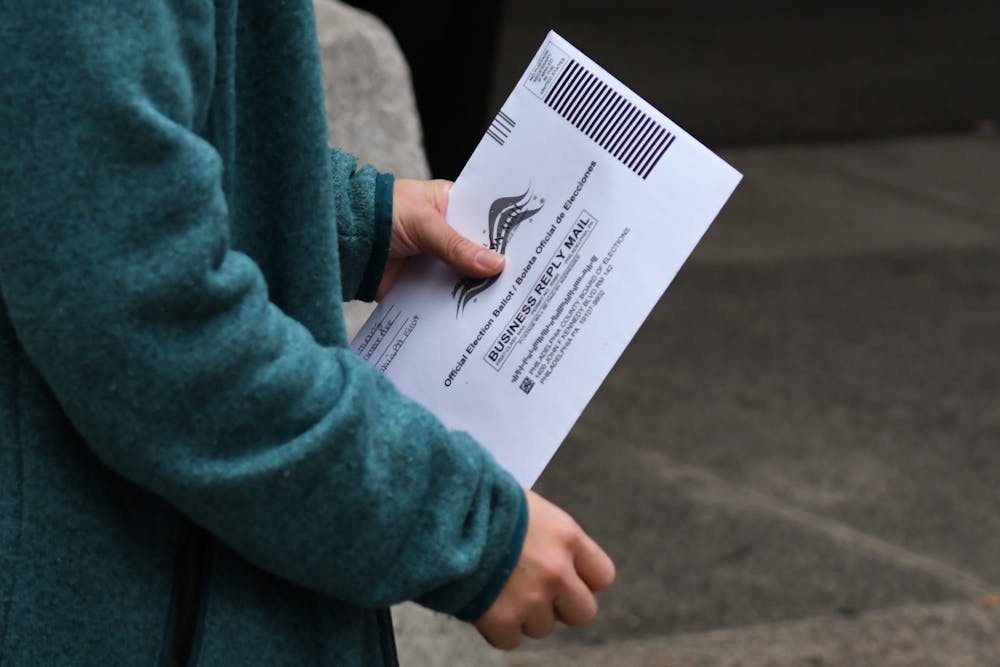
During the 2016 election, many voters justified their decision as “the lesser of two evils.” In fact, the percentages of U.S. adults who ranked each of the two candidates, former president Donald Trump and Hillary Clinton, unfavorably in Gallup’s “scalometer,” were the highest in presidential polling history at 61% and 52%, respectively. Though Joe Biden’s candidacy fared better than Clinton’s on this metric, his rating was still relatively low.
These numbers make sense, as record political polarization makes it harder for the average American to support a candidate from a different party. The United States is a de facto two-party system, but both parties appear unhappy with this arrangement. Over a hundred Republicans signed a letter planning to form a third party. Though the Democratic Party united behind Biden in 2020, there remain distinct factions supporting wildly different policies. Since 2013, Gallup has reported that the majority of Americans want a third party. Despite this, hardly anyone votes third party as doing so may siphon votes from “the lesser of two evils” between the leading candidates, such that the “greater evil” wins.
There’s a way to avoid this frustrating binary, where voters are forced to choose between two candidates, neither of whom they fully support. It’s called ranked choice voting, and as college students, we should call for its implementation at all levels of government.
Ranked choice voting (RCV) is an electoral system where instead of choosing one candidate, voters rank candidates for a position, starting from their most preferred candidate. Some versions of this system cap how many candidates can be ranked, but a voter is not required to rank more than one.
RCV has been prevalent in the news lately, as both the mayoral primary in New York City and Maine's 2020 Senate and presidential races were inaugural implementations of the voting system. Because RCV is an excellent tool for mitigating worsening polarization, we need it now more than ever.
In our current winner-take-all (WTA) voting system, candidates have no incentive to appeal to the majority of their constituents, and thus it is common to see races where the winning candidate receives less than half of the vote. In some cases, that percentage falls to the thirties, where roughly two thirds of the voters wanted someone else.
RCV’s aim is to find the candidate that the majority of people still like, even if said candidate wasn’t their first choice. If no candidate receives more than half of the total first-choice votes, then the candidate with the fewest votes is eliminated. However, the first-choice votes cast for that candidate are not necessarily wasted, as is the case with WTA voting. Instead, these first-choice votes are redistributed to the remaining candidates, according to who that candidate’s voters ranked second, if they ranked anyone at all. This procedure is repeated until one candidate has received a majority of the votes.
Detractors of RCV question if we want to enact a system in which a candidate that did not have the most first-choice votes can win an election. Thus, the question boils down to the philosophy of elections themselves: is it better to have a candidate that most people consider okay, or a candidate that a minority consider spectacular?
We have already asked and answered this question over the past four years under Trump, a president who lost the popular vote and had historically low approval rates. Partisanship worsened, with job approval gaps between parties reaching record highs. If we continue to use a WTA system, we pave the way for future politicians who divide our nation and ignore the majority of their constituents. With RCV, we welcome candidates that unify us.
RCV’s implementation is also a concern. NYC certainly didn’t nail it the first time. As a regular poll worker for the city, I found that more voters requested new ballots after making errors, confused by the ranking process. In some cases, they exhausted their ballot limit and had to submit incorrect ballots. Many were unaware that they could choose to rank only one candidate, just like in WTA voting.
But this was expected. Few jurisdictions currently use RCV, and as with any technology or system, RCV faces a learning curve. Though imperfect, RCV’s potential to diversify our rhetoric and depolarize our nation is worth exploring. And it is in our power to implement it anywhere and everywhere.
Why stop at the municipal and state levels? RCV is a tool that can and has been employed on smaller scales like universities and private organizations, as well as larger scales like the Oscars’ Best Picture, Australia’s House of Representatives, and India’s presidency. As Penn students, let’s call for RCV on all levels, starting from our clubs and student government elections, then scaling up to Philadelphia, Pennsylvania, and even the United States.
CAROLINE MAGDOLEN is a rising College and Engineering sophomore studying Systems Engineering & Environmental Science from New York City. Her email address is magdolen@sas.upenn.edu.
The Daily Pennsylvanian is an independent, student-run newspaper. Please consider making a donation to support the coverage that shapes the University. Your generosity ensures a future of strong journalism at Penn.
Donate







